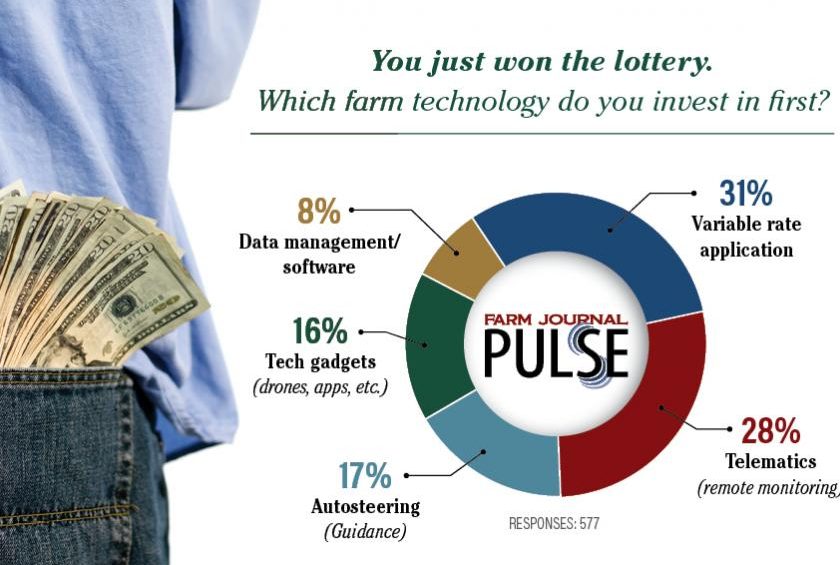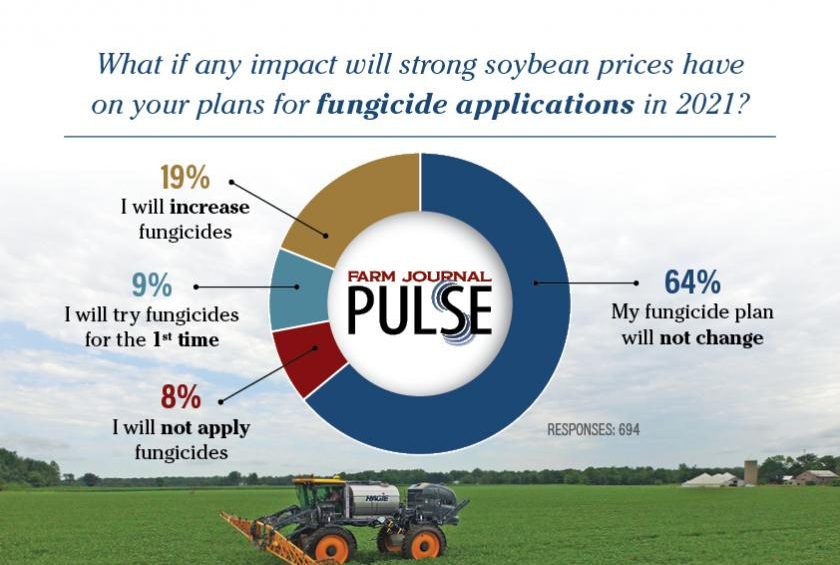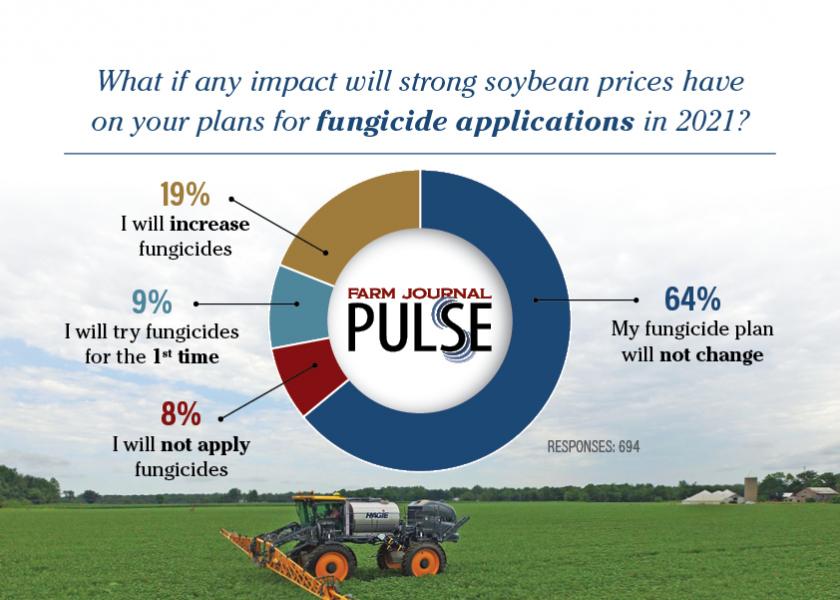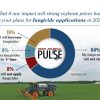Weather is normally a factor in the commodity markets. But this year, weather could be an even bigger catalyst for higher or lower prices.
“I do think we’ll be more sensitive this year because we’re going into the growing season with such tight balance sheets in corn and soybeans in particular, relative to the last several years,” says Joe Vaclavik of Standard Grain.
The scenario the last five years was the same: rising yields meant growing supplies and rising stocks. Those factors proved to be anchors on the market.
“We had these big stocks that we had to chew through, we had a comfortable supply cushion, we had markets that offered carry. We’re in a totally different world right now here in 2021 versus where we were at this point last year, or even like every year to start basically since 2014,” Vaclavik adds. “We’re going to be a little bit more sensitive to weather, I think.”
Vaclavik says weather and acreage are two big pieces of the price puzzle.
“Acreage times yield, of course, is your production number,” says Vaclavik. “So, the weather and acreage are two very big forthcoming pieces of news.”
While a U.S. weather market is typically news that moves the market in the summer months, Matt Bennett of AgMarket.Net says there’s a chance the weather market arrives early this year.
“I know a lot of folks thought that we were going to maybe get an early spring for quite some time, and then most of the forecasts here lately have said actually it’s going to get a little wet in the month of March,” he says. “We don’t really know what’s going to happen in the spring timeframe.”
As Midwest farmers wait to see how spring weather is going to play out this growing season, Bennett says the general assumption in the market right now is there will be more acres planted in 2021. Several private estimates have supported USDA’s February outlook that showed a record number of corn and soybean acres planted in 2021. However, Bennett says the acreage story is just starting.
“But what if you do get into a wet spring tighten timeframe? The big thing for producers is that they want to get acres planted. We know that. But if you do have some sort of a wet weather pattern develop, there’s no question that the markets can be highly reactive. Because all of the assumptions that the market has already made could end up being basically thrown out the window if you end up having to have more prevent plant acres again this year,” says Bennett.
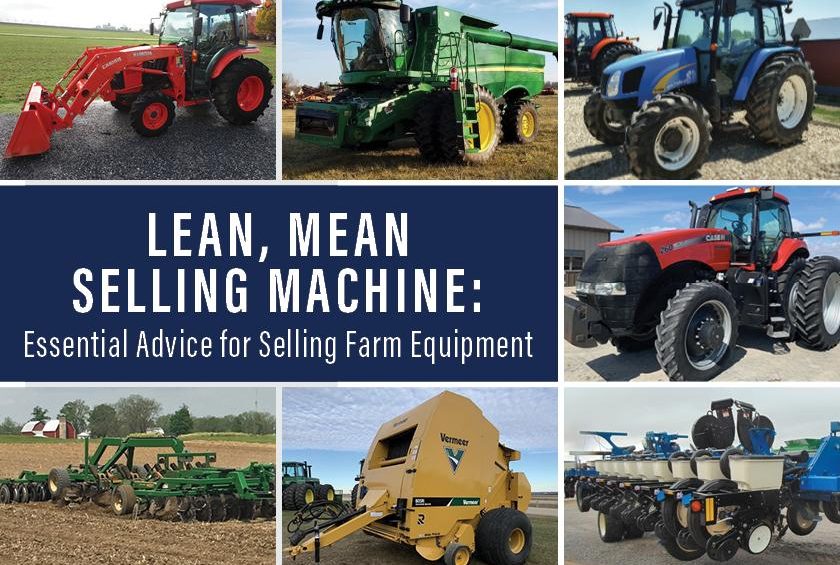 CategoriesGeneral Information
CategoriesGeneral Information
